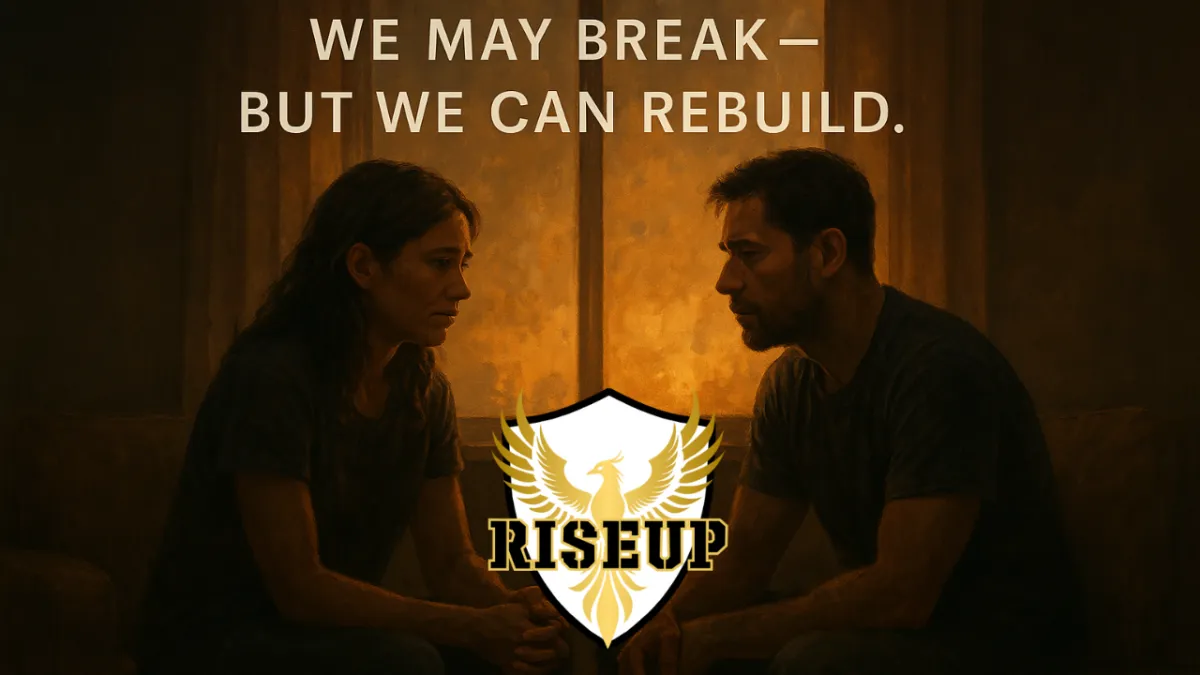
The Art of Repair: What Actually Heals, After Conflict
The Art of Repair: What Actually Heals, After Conflict
Let’s talk about the moments after the damage is done. The slammed door. The sharp words. The icy silence that settles in like smoke after a fire.
This is the moment most couples get stuck. Not because the argument was catastrophic—most of them aren’t. But because no one taught them how to repair.
Here’s the truth: Rupture is inevitable. Repair is optional. And whether or not you build that bridge back? That’s what determines whether your relationship grows stronger—or quietly erodes from the inside out.
🧠 What Repair Actually Means (And Why It Works)
Repair isn’t just apologizing. It’s not smoothing things over or pretending nothing happened.
Real repair is a nervous system-to-nervous system reconnection. It’s attunement. It’s accountability. It’s the willingness to show up in the aftermath with presence, humility, and clarity.
In Gottman Method research, successful couples don’t avoid conflict. They just recover from it faster—and with more skill.
The goal isn’t to avoid rupture. The goal is to get better at repair.
💣 What Happens Without Repair
Without intentional repair, couples build what I call silent scar tissue. Each unresolved moment thickens the space between you. You go from open-hearted partners to resentful roommates. You stop reaching. You stop softening.
And eventually, you stop believing the relationship is worth fighting for.
But it doesn’t have to get there.
Repair is a skill. And like any skill—it’s trainable.
🔧 Tactical Tools for Strategic Repair
1. Take the Tactical Pause
When you feel yourself escalating, pause. Create space. Say: “I’m not regulated right now. I want to respond, not react. I’ll check in soon.”
2. Use the Bridge Phrase
Come back with: “I want to reconnect. Can we try again?” It’s not about fixing everything instantly—it’s about re-opening the door.
3. Drop the Defensiveness
Even if you didn’t mean to hurt them, you did. Try: “That wasn’t my intention, but I can see how it landed. I’m listening.”
4. Own Your Pattern
Instead of blame, bring insight. “I notice I shut down when I feel cornered. I’m working on staying present.” That’s emotional leadership.
5. Rewire Through Ritual
Create your own nervous system repair rituals: a breath together, a shared phrase, a hand on the chest. Make the return to connection a practice, not just a hope.
6. Use Polyvagal-Informed Language
Try: “I feel my system getting dysregulated. I need 10 minutes to reset, then I want to reconnect.” Or: “That landed in my red zone. Can we slow down and start again?”
7. Make Repair Visible for Your Kids
If you’re parenting together, show them the arc: rupture and repair. You’re teaching them how to fight fair, own mistakes, and return to love.
💬 Real Talk
Repair isn’t about being “the bigger person.” It’s not performative. It’s strategic. It’s emotional accountability mixed with nervous system literacy.
And no, it won’t feel natural at first. Especially if you grew up in a home where conflict meant disconnection, silence, or chaos.
But with practice, it becomes muscle memory.
The same way you train for anything that matters.
❤️ Final Thought
You will hurt each other. You will disappoint each other. You will speak from pain and protection sometimes. In scientific studies done by Gottman Institute even happy couples fight, struggle and hurt each other. The difference is how they come back from those hurts.
But what happens next? That’s where love either contracts—or evolves.
The art of repair is one of the most sacred skills you’ll ever learn.
It’s the thing that keeps you from drifting. The thing that builds trust deeper than perfection ever could. The thing that reminds you:
We may break—but we can rebuild.
This is what creates safety. This is what builds intimacy. This is the RISEUP way.
For More RISEUP Relationship Reset Topics Listen to the RISEUP Voices From the Frontlines Podcast
